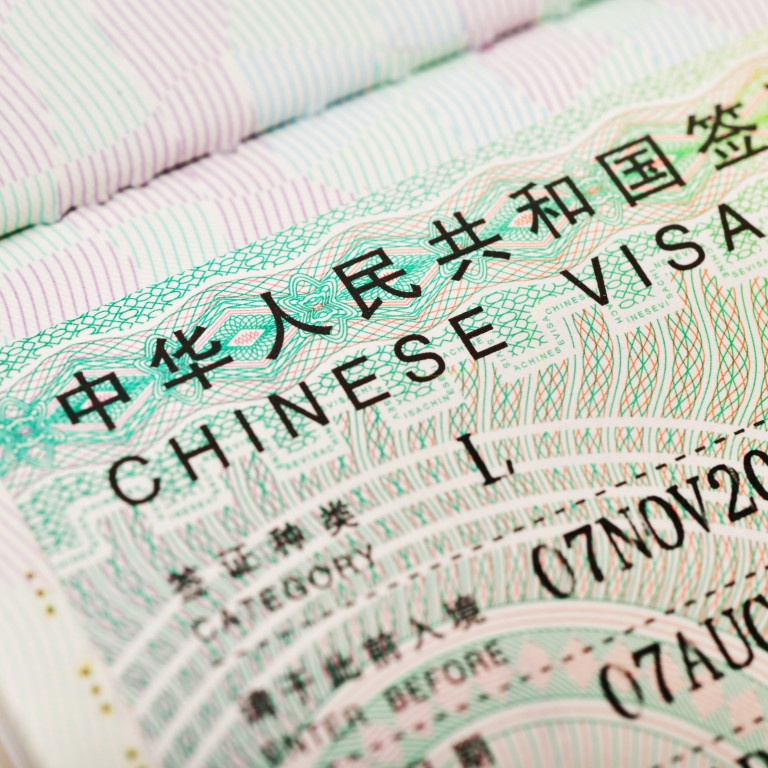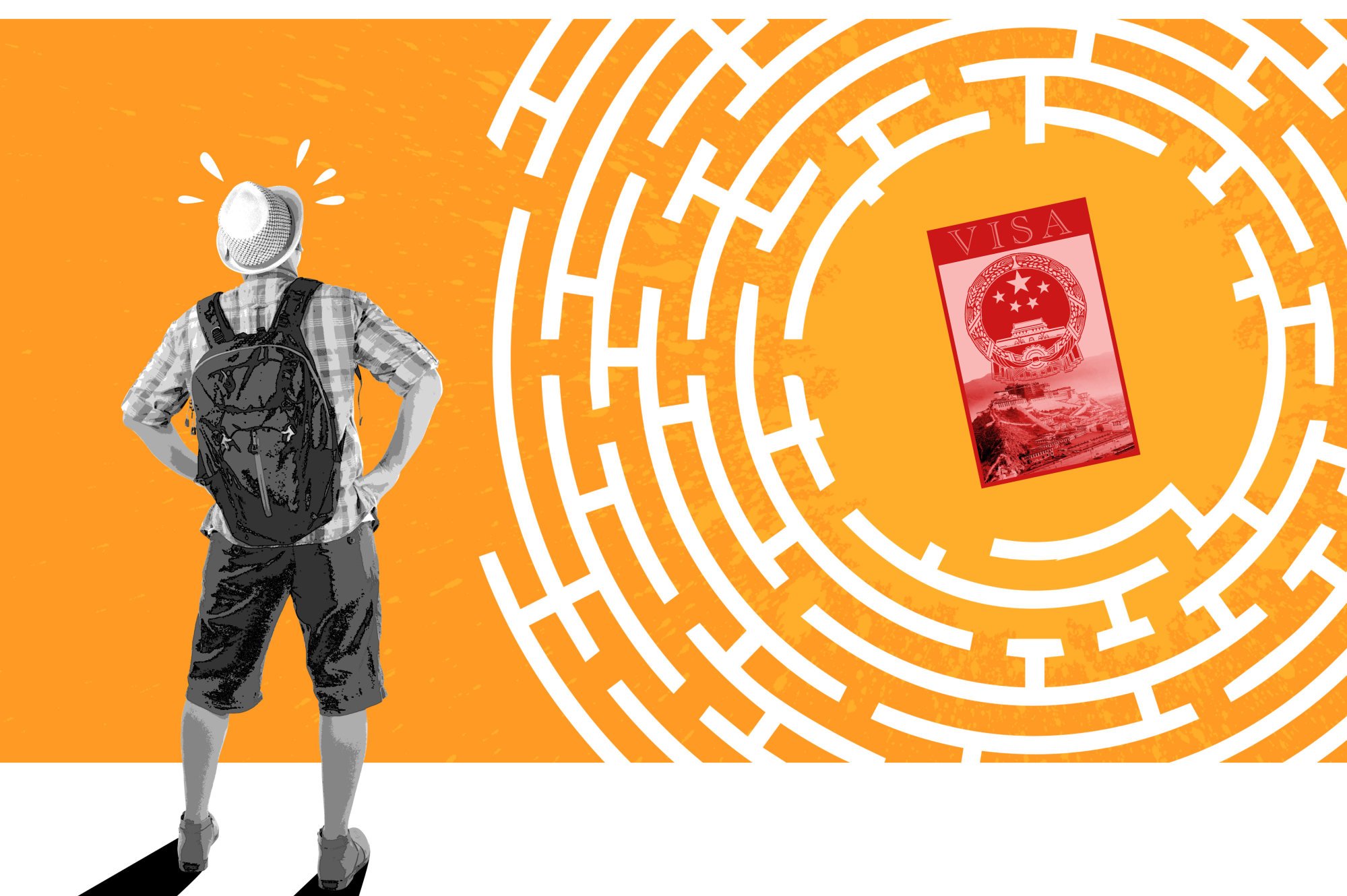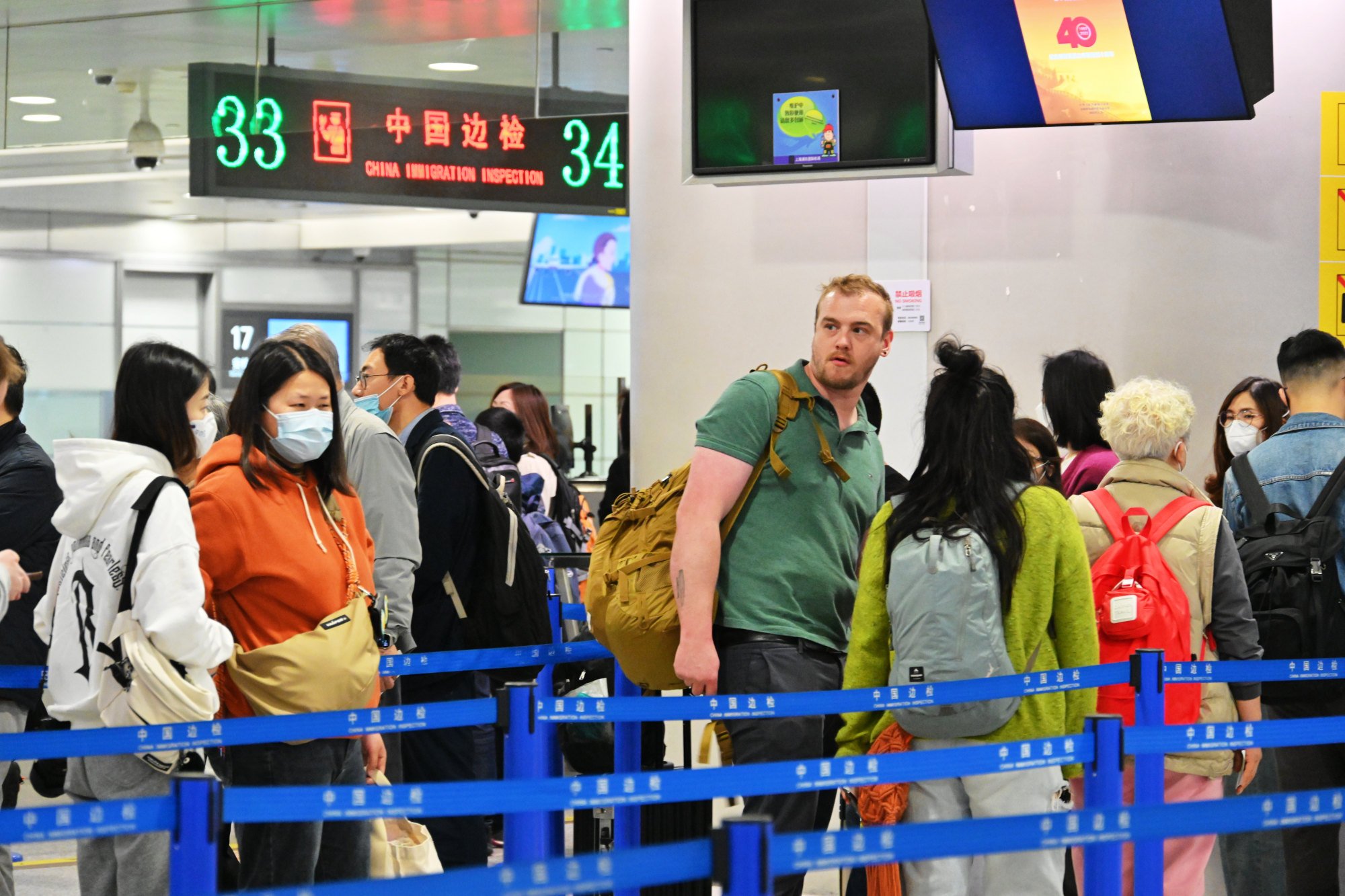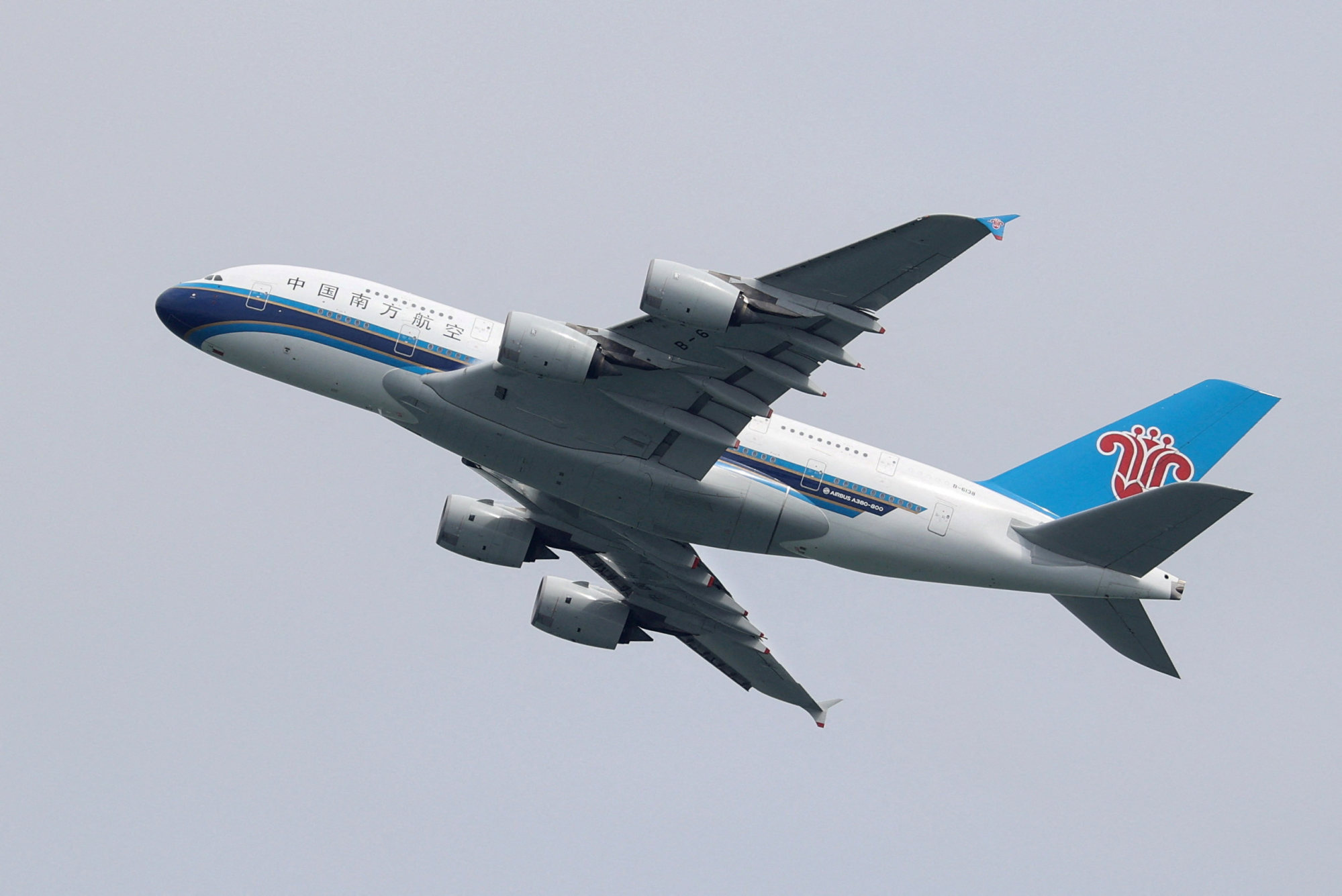
How applying for a China tourist visa in 2023 can be very frustrating – from forms and photos to in-person appointments
- When applying for a tourist visa to join a motorbike tour of mainland China, one traveller was made to jump through a series of time-consuming hoops
- His takeaway is that China doesn’t want foreigners venturing outside its cities and that independent travel in the country’s remote parts is de facto prohibited
In 2019, a sales director of an internationally branded hotel in Bali, Indonesia, was asked by her boss to travel to Shanghai to meet with travel agents. It took her four attempts to get a visa.
“My application was rejected twice,” says the sales director, who asked for her name be withheld as she is not authorised to speak with the press.
“The first time was because of my photo – it wasn’t the exact size they asked for. The second and third times were because of tiny mistakes in my paperwork. I don’t know why they didn’t just check everything the first time instead of coming back to me one by one with the problems?”
In October, I got a taste of her frustration when I applied for a tourist visa to join a motorbike tour of mainland China, including Tibet.

The drama began with the application form itself, which had to be submitted online through the China Visa Application Service Centre portal.
Going to Shenzhen? A guide to visas, the apps you need and cashless payment
The portal was easy enough to find through the website of my local Chinese consulate, in Bali. But the application form had 10 sections, each of which could run up to several pages in length, and required a multitude of supporting documents.
In addition to all the details most countries ask for from visa applications, China demanded my employment history for the past five years, including my former supervisors’ contact details. It also wanted to have a list of other countries I had visited in the past five years, the names and contact details of a number of my family members, and the names, addresses and phone numbers of every hotel I would stay at in China.
For an overland trip like mine through remote areas, I could not possibly obtain this information by myself. Family-run guest houses do not tend to have websites and the owners would not have been able to answer questions in English if I had called them.

After wrestling for an entire day with the application form, I contacted my tour leader in China for help. He warned me not to mention on the form or to consular staff that I was going to Tibet, otherwise a tourist visa would be denied. A separate travel permit is required for Tibet, which he would apply for on my behalf after I obtained a tourist visa.
My tour leader then sent me a four-page document with all the details I needed for the application form, including the names and addresses of hotels for a fictitious itinerary that didn’t include Tibet.
I deleted my original application and started afresh. That took another two hours and I then wasted another hour trying to upload a passport photo, which was rejected time after time – not because it was the wrong size but because the background of the passport photo, it was claimed, was not white.
It looked white enough to me but eventually I drove to the closest studio and got new passport photos, which were accepted by the website.

By that stage, I had spent the best part of two days filling in the application form.
After submitting my application and supporting documents online, the application centre informed me that I had to print it all out and make an appointment at the Chinese consulate in Bali to submit the documents in person.
One of the most technologically advanced countries on Earth doesn’t issue e-visas.
The next available appointment was not for another 12 days, because of the “Golden Week” holiday that marks the Mid-Autumn Festival and national day, when public servants in China enjoy six consecutive public holidays.
Chinese consulates and embassies tack on another three days, and added to that were the weekends on either side of Golden Week.
I asked if it was common for tourist visa applications to be rejected. They did not reply
Twelve days later, I arrived 10 minutes before the time of my appointment as instructed. However, I was not served until an hour later because several applicants had been given the same time slot.
When I was finally called, the woman at the desk rejected my application because I had not attached copies of flight tickets.
This was not required, I insisted, as I planned to travel overland from Vietnam to China and my tour leader had instructed me to write this on the application form. We argued for a few minutes until she agreed to call Beijing and get a more senior take on the matter.

I waited for an hour until my patience ran out and I returned to the desk, only to be told that, yes, she had heard back, and she had been told that she was correct. I must show I had booked a flight to Vietnam.
To avoid wasting hundreds of dollars on flights in the event an application is rejected, some applicants visit one of dozens of websites that issue fake flight tickets, for US$20 or more, for exactly this purpose. But I wouldn’t recommend using one.
When I returned to the consulate with my flight tickets, which I had printed out at a nearby hotel, I was told I also needed confirmation letters from all the hotels I would stay at in China, even though this was not mentioned in the application form.

As my stated itinerary was incomplete, I contacted my tour leader, who asked to speak to the woman behind the desk.
After a long discussion, the consular employee agreed to accept confirmations from only the first three hotels I would stay at in China. Once my tour leader emailed those confirmations to me, I walked back to the hotel, printed them out, and returned to the consulate.
At 3pm, six hours after my scheduled appointment, my application form was finally accepted. I paid my US$50 application fee and was told to return in eight business days to retrieve my passport and visa.
Is Conrad Shenzhen – so new it practically squeaks – worth US$250 a night?
However, two days later, I received a series of text messages from the consulate demanding more supporting documents. They wanted scans of my tour leader’s ID and business licences, a copy of my driving licence, plus a detailed day-by-day itinerary for my trip.
My tour leader in China again came to the rescue. With his help, I was able to forward the additional supporting documents. I took the opportunity to ask the consular employee I was dealing with whether it was common for them to contact visa applicants for more documents and information. They said it was.
I then asked if it was common for tourist visa applications to be rejected. They did not reply.
The perfect weekend getaway? What to do in Vietnam’s capital, Hanoi
Six days later, I returned to the consulate. Fortunately, my application had been successful. I then forwarded the visa to my tour leader, who began the process of applying for my Tibet Travel Pass. That would take another two weeks.
Sovereign nations have the right and duty to vet tourists, but my takeaway from this experience is that China doesn’t want foreigners venturing outside its cities and that extensive independent travel in remote parts of the country is de facto prohibited.
But I am optimistic a visit to the “real China”, away from Shenzhen, Shanghai and Beijing, will be worth all the trouble the China Visa Application Service Centre put me through to get there.

